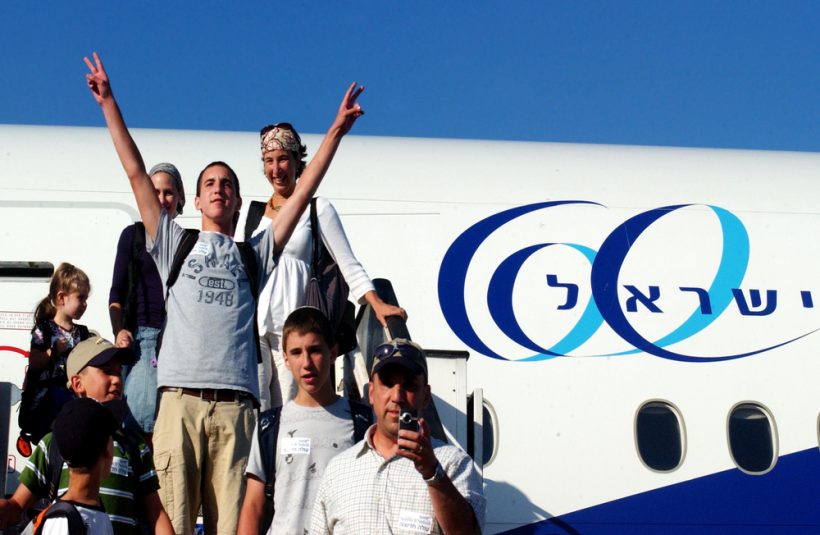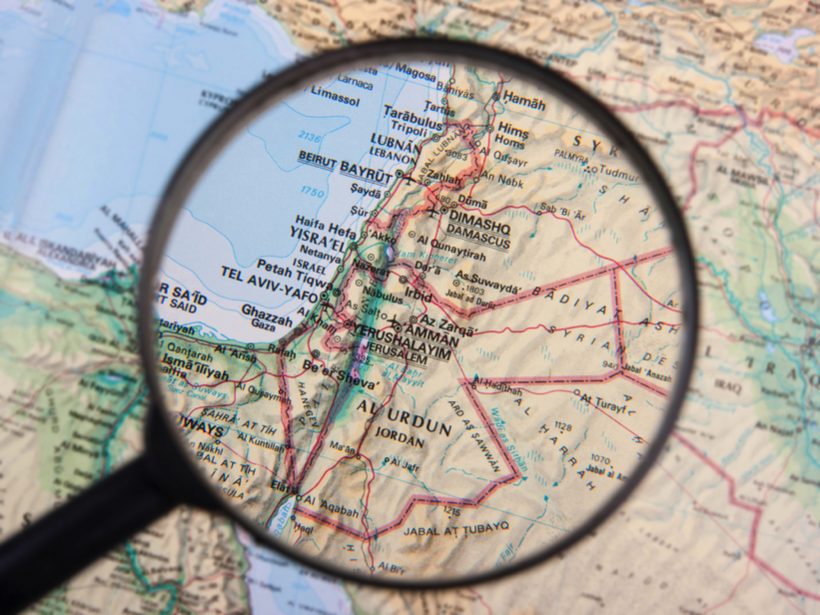Returning home: more than 27 thousand new repatriates in the year since last Passover
From Passover 2024 to Passover 2025, Israel welcomed 27,281 new repatriates — a figure that represents a multitude of personal stories and fates. The largest number of repatriates came from Russia — 15,188 people, accounting for more than half of the total number. The USA, France, and Ukraine also made significant contributions to this statistic. Particularly interesting are the individual cases of repatriation: each person represents a unique story of searching for identity and connection to Jewish roots — be it South Korea, Kenya, Zambia, or Afghanistan.

The age range of the new repatriates is quite broad: 212 individuals are older than 85, having lived a long life outside of Israel, and 5,700 children under 18, who will grow up in the land of their ancestors. Youth aged 25 to 34 formed the largest age group (4,519 people, 16%), providing the country with energy and prospects for further development.
The professional composition of the new repatriates is rich and diverse: there are 1,345 doctors and other medical professionals ready to strengthen the country’s healthcare, 3,236 engineers who will contribute to infrastructure and technology, 297 artists and athletes capable of inspiring Israel’s cultural and sports life, and also 13 farmers, which is especially important in terms of food security. Additionally, the repatriates include specialists in industry, education, high technologies, and other key economic sectors.
The geography of the new citizens’ settlement covers 286 localities across Israel, demonstrating the repatriates’ desire not only for large cities but also for developing regions and small settlements. The most popular destinations were Tel Aviv-Yafo, welcoming 4,215 people (15.5% of all repatriates). It is followed by Netanya – 4,066 and Haifa – 3,032. However, new repatriates choose not only large cities but also small localities, such as Maale Gilboa in the north, Mitzpe Ramon in the south, and Revava in Samaria. This indicates that repatriation not only replenishes the population of Israel but also shapes the new face of its cities and communities.
“These numbers are not just statistics,” notes Marina Rosenberg Koritny, Head of the World Zionist Organization Department for the Promotion of Aliyah. “Behind each is a family story, a conscious choice, and a search for safety, stability, and Jewish identity.”





